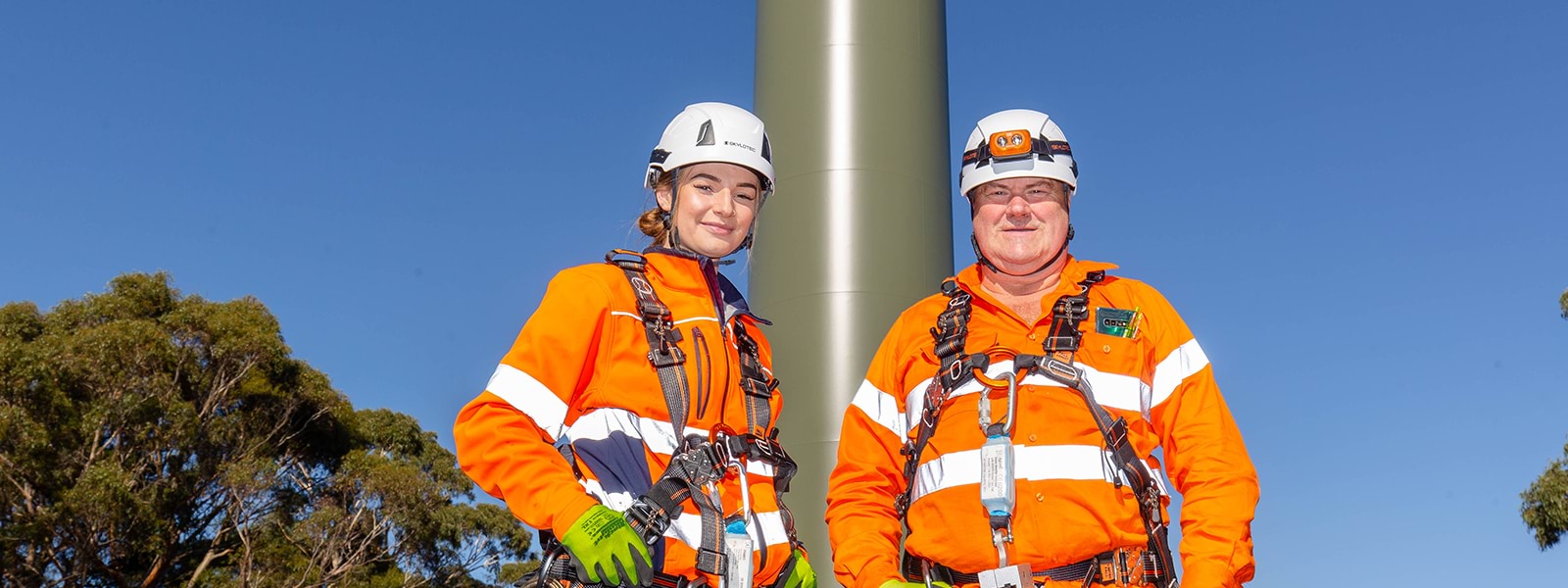Achieving more together: Collective impact and collaboration
If Victoria is to thrive in a rapidly changing world, it needs to draw on the strengths of everyone who contributes to the training and skills sector.
Prior to the VSA, there was no systemic way to bring together industry, providers and other stakeholders with a shared commitment to meeting skills needs.
Around half of all new jobs needed by 2025 will be filled by learners coming through higher education and, potentially, higher-level vocational education.
So collaboration across the state’s education community is vital to economic and social success.
A collective approach – where the sector buys into the behaviour change required – will be more effective than individual attempts at change.
The skills sector needs to come together across schools, Learn Locals, TAFE and training providers and universities to map career pathways, provide adaptable skills development opportunities and clear, flexible entry points for all learners.
Working together, connecting locally, delivering new approaches and acting with integrity is the key to success in building a world-class approach to skilling.
– Craig Robertson, Victorian Skills Authority Chief Executive Officer
Share of forecast employment growth by education attainment, Victoria 2022 to 2025
| Higher Education | Vocational Education and Training | No post-school qualification | Total | |
|---|---|---|---|---|
| Professionals | 90% | 10% | 87,200 | |
| Managers | 64% | 36% | 28,400 | |
| Technicians and Trades | 19% | 81% | 19,700 | |
| Clerical and Administration | 18% | 54% | 28% | 14,000 |
| Sales | 9% | 50% | 41% | 8,700 |
| Community and Personal Service | 7% | 77% | 16% | 32,000 |
| Machine Operators and Drivers | 51% | 49% | 8,100 | |
| Labourers | 33% | 67% | 14,000 |
Note: Employment growth is net new jobs only (and excludes replacing retirements or existing workers that move jobs).
Case study
Holmesglen Institute’s Victorian Tunnelling Centre offers specialist training to workers in the construction and operation of tunnels.
Victoria’s Big Build is delivering the rail and road projects that will keep Victorians moving for decades to come. Tunnels play an important part in that infrastructure, so ensuring a workforce with relevant skills is vital.
Updated
